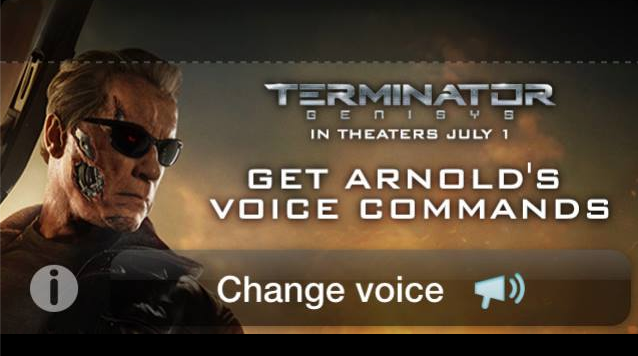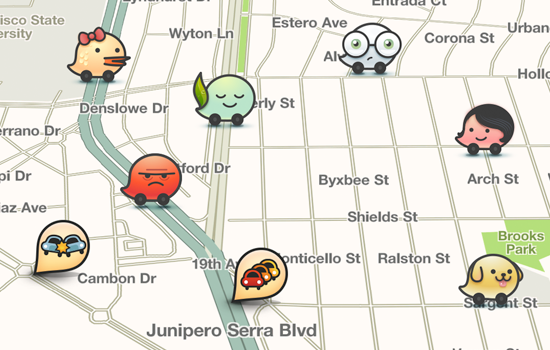For a short while, Google had a rival. At least, when it came to maps.
Founded in 2008, Waze briefly gave Google Maps a run for its money. The crowd-sourced map application, now led by CEO Noam Bardin in Palo Alto, California, offered something the reigning champ couldn’t – realtime updates from real-life drivers.
The company itself claims to be after “the ‘common good’ out there on the road.” It turns out they mean this even in the simplest terms. So much so that the Waze “about” page reads, “By connecting drivers to one another, we help people create local driving communities that work together to improve the quality of everyone’s daily driving. That might mean helping them avoid the frustration of sitting in traffic, cluing them in to a police trap or shaving five minutes off of their regular commute by showing them new routes they never even knew about.”
Why is it called Waze?
Like most good ideas, it began with a blank page. In 2006, Ehud Shabati was working on a project known as Free Map Israel, which sought to build a free digital database created almost wholly by its community. In 2008, the team expanded to include LinQmap with Uri Levine and Amir Shinar and officially changed its name to Waze – a play on the word ways, as in the variety of ways one can take to get to any given location.
Based on user-generated information, Waze maps are available everywhere, but they require a critical mass to be worthwhile. In fact, Tech Crunch reported Levin as saying that “in the early stages, if he or his partners encountered a road that wasn’t on the map, they would drive through it a number of times, taking every possible turn, so that the system could integrate it.” Now, even the Terminator gives turn by turn directions in Waze. Hasta la vista baby.
Once individual users have submitted travel routes and times, the app can offer turn-by-turn information and traffic details submitted as it happens by other users on the road. Following a free download, people can actively report traffic information, accidents, roadkill and police check-points. When a user isn’t inputting information, their mobile phones will passively report info like speed back to the database. New updates also include the best fuel prices along the road and a point system for users who submit helpful roadway information. The “about” page states that “Waze is also home to an active community of online map editors who ensure that the data in their areas is as up-to-date as possible.
SEE ALSO: Why is it called Google?
Photo Credit: Waze
In addition to facing the struggles of surviving the startup phase, Waze was met with overwhelming criticism for some of its content. Because users can report traffic cameras and police check points, other drivers are then warned of local law enforcement on the road. The sheriff’s association unfortunately didn’t take kindly to these tips and argued that it inhibits the effectiveness of speed traps and radar guns, which reportedly reduce highway deaths. They also voiced concern about the app revealing the location of officers, making them vulnerable to violence.
Still, the application has more features than flaws…and Google took notice. After Waze raised $67 million in external funding from firms like Kleiner Perkins and Horizons Ventures, it was ultimately acquired by Google in 2013 and is now being monetized further through local advertisements and new movie releases like Ride Along, featuring Kevin Hart, and Terminator Genisys featuring who else than former Governor of California, Arnold Schwarzenegger.
Despite its controversy, the app stands to continue its success, especially in areas where organic growth and on-the-ground reports can provide more accurate information than a car camera could.
Thanks for reading “Why is Waze called Waze?!” What’s your go to map? #whyisitcalledWaze
Annelise Schoups is a contributor at Rewind & Capture. With a degree in journalism, experience in public relations, and an education in travel, she is passionate about cultivating knowledge and storytelling.








Leave a Reply